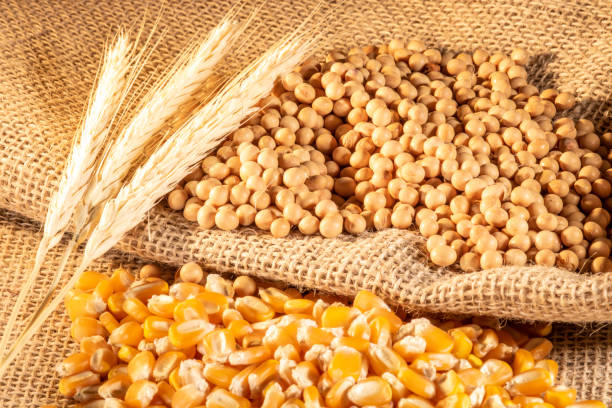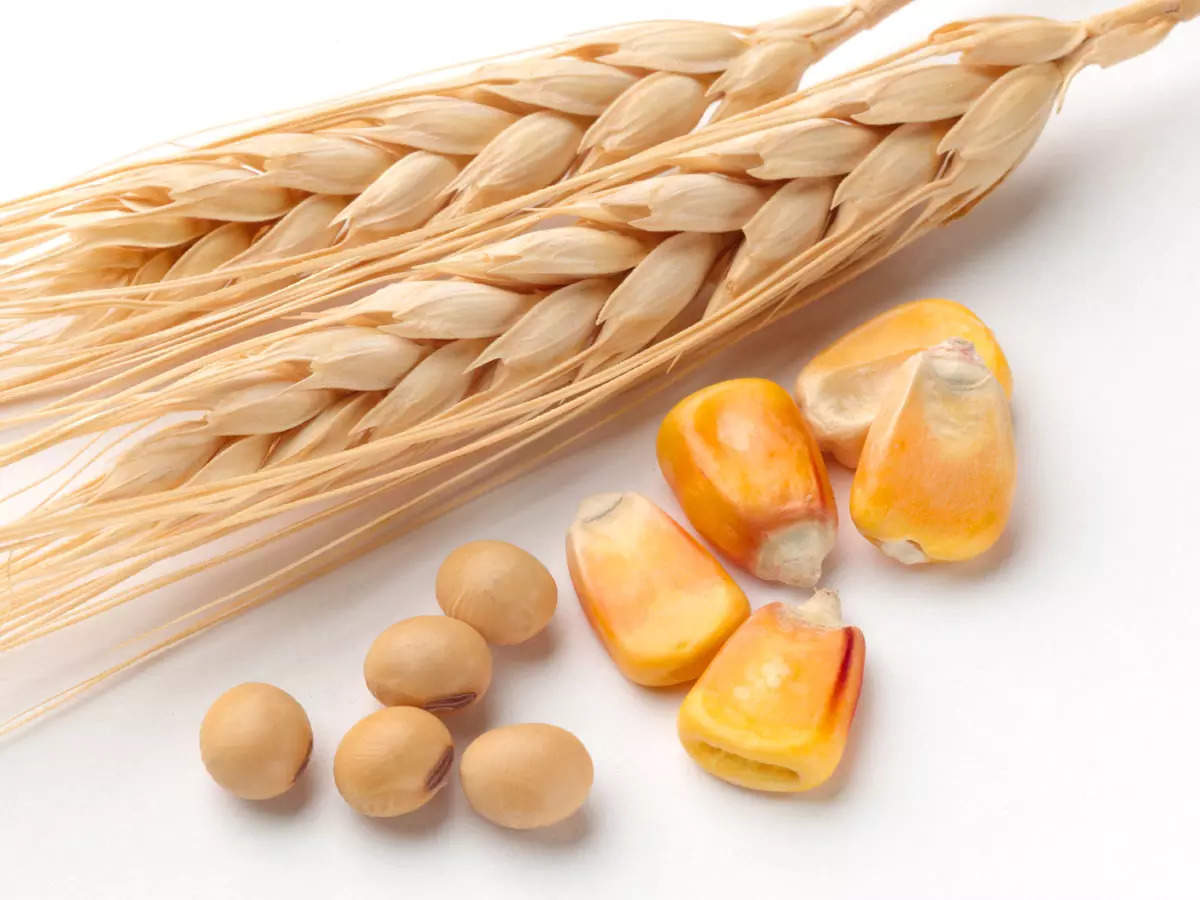The United States is the world’s largest producer of corn and soybeans, accounting for nearly 40% of global production. These two crops are vital to the country’s economy and food supply. But when is the best time to cultivate these crops, and how can farmers ensure a successful harvest?
Corn and soybeans are warm-season crops that thrive in warm temperatures and long daylight hours. In the United States, the best time for cultivation is spring and summer. Typically, corn is planted in the Midwest between late April and early May, while soybeans are planted from mid-May to early July.
However, too much heat can have a negative impact on these crops. Corn, for example, is particularly sensitive to heat stress during its pollination stage, which typically occurs in late June or early July. If temperatures are too high, the corn plant may produce less pollen, which can result in smaller ears and fewer kernels. Similarly, soybeans can experience heat stress during their flowering stage, resulting in reduced yields.
Farmers can mitigate the effects of heat stress by planting their crops in areas that receive adequate moisture and by choosing heat-tolerant varieties of corn and soybeans. They can also apply irrigation or use other moisture-conserving techniques, such as mulching, to help maintain soil moisture levels.
When it comes to harvesting, the combine harvester is the most popular and efficient method. A combine harvester is a machine that combines the tasks of reaping, threshing, and winnowing grain crops. This machine can harvest corn and soybeans quickly and efficiently, which is particularly important during the busy harvest season when time is of the essence.
One of the main advantages of using a combine harvester is that it can harvest a large amount of crops in a relatively short time. This increases productivity and reduces the amount of labor required for harvesting, which can be a high cost for farmers.
Another advantage of the combine harvester is that it reduces crop damage during harvesting. Traditional harvesting methods, such as handpicking or using a sickle, can significantly damage the crop, reducing yields and quality. The combine harvester, on the other hand, is designed to minimize crop damage during harvesting, which can result in higher yields and better quality crops.
However, not all combine harvesters are created equal. The type of concave used in the harvester can have a significant impact on crop damage and productivity. The concave is a component of the combine harvester that helps separate the grain from the chaff during harvesting. One type of concave that has gained popularity in recent years is the Estes Concave.
The Estes Concave is designed to reduce rotor loss during harvesting, which can result in higher yields and less crop damage. Rotor loss occurs when grains are not properly separated from the chaff and are lost during harvesting. This can result in reduced yields and lower-quality crops.
The Estes Concave uses a unique design that increases the surface area of the threshing and separating components of the combine harvester. This increases the efficiency of the machine and reduces rotor loss, resulting in higher yields and better-quality crops.
In addition to reducing rotor loss, the Estes Concave also reduces crop damage during harvesting. The concave is designed to be gentle on the crop, which can result in less bruising and damage. This can result in higher yields and better-quality crops.
In conclusion, corn and soybeans are vital crops in the United States, and the best time for cultivation is spring and summer. However, too much heat can have a negative impact on these crops, and farmers must take measures to mitigate the effects of heat stress. When it comes to harvesting, the combine harvester is the most efficient method for harvesting corn and soybeans, as it can harvest a large amount of crops in a short amount of time and reduce crop damage during harvesting. However, not all combine harvesters are created equal, and the Estes Concave is a unique design that can increase productivity, reduce rotor loss, and minimize crop damage during harvesting.

Overall, corn and soybean farmers in the United States must carefully consider the timing of cultivation and the harvesting method to ensure a successful crop. By taking measures to mitigate the effects of heat stress and using efficient and effective harvesting methods, farmers can increase productivity, reduce crop damage, and ensure a high-quality harvest. The combination of these factors can lead to increased profitability and a stronger agricultural sector in the United States.


